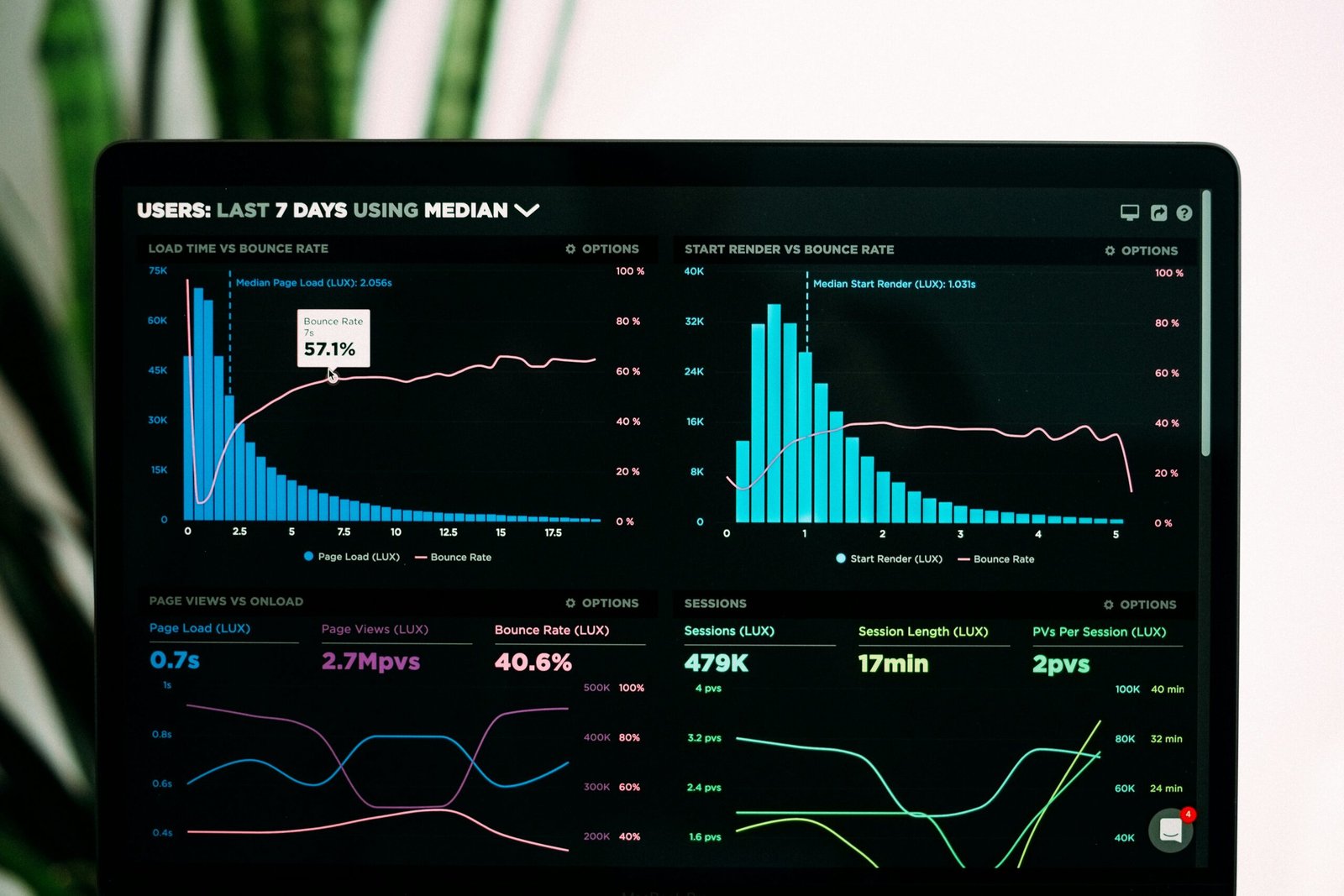Introduction
When it comes to presentations, charts and graphs are powerful tools for conveying information in a visually appealing and persuasive way. They help to simplify complex data and make it easier for your audience to understand and remember key points. However, designing effective charts and graphs requires careful consideration of various factors, such as the type of data, the purpose of the presentation, and the preferences of your audience. In this article, we will explore some tips and techniques for designing persuasive charts and graphs that will captivate your audience and enhance the impact of your presentations.
1. Choose the right chart or graph type
The first step in designing persuasive charts and graphs is to select the appropriate type for your data. There are several common types to choose from, such as bar charts, line graphs, pie charts, and scatter plots. Each type has its own strengths and weaknesses, so it’s important to consider the nature of your data and the message you want to convey.
For example, if you want to compare the sales performance of different products over time, a line graph would be a suitable choice. On the other hand, if you want to show the distribution of market share among competitors, a pie chart would be more effective. By choosing the right type of chart or graph, you can ensure that your data is presented in a clear and visually appealing manner.
2. Keep it simple and uncluttered
One of the key principles of designing persuasive charts and graphs is to keep them simple and uncluttered. Avoid using too many colors, labels, or data points, as this can overwhelm your audience and make it difficult for them to understand the main message.
Instead, focus on highlighting the most important information and removing any unnecessary elements. Use a limited color palette that is easy on the eyes and ensures that the data stands out. Consider using annotations or callouts to draw attention to specific data points or trends.
Remember, the goal is to make your charts and graphs visually appealing and easy to understand at a glance. By keeping them simple and uncluttered, you can effectively communicate your message and engage your audience.
3. Use appropriate labels and titles
Another important aspect of designing persuasive charts and graphs is to use clear and concise labels and titles. The labels should accurately describe the data being presented and provide enough context for the audience to understand the information.
Make sure to include units of measurement, such as percentages or dollars, to provide a frame of reference for the data. Use descriptive titles that clearly convey the main message or insight that the chart or graph is intended to communicate.
Additionally, consider using captions or annotations to provide additional context or explanation for the data. This can help your audience interpret the information correctly and enhance the persuasive power of your charts and graphs.
4. Emphasize key points and trends
To make your charts and graphs more persuasive, it’s important to emphasize the key points and trends that support your message. This can be done through the use of visual cues, such as highlighting specific data points or using different colors or shapes to distinguish important elements.
Consider using annotations or callouts to provide additional information or insights about specific data points or trends. This can help to guide your audience’s attention and ensure that they understand the main message you are trying to convey.
Remember, the purpose of designing persuasive charts and graphs is to make it easier for your audience to understand and remember the information. By emphasizing the key points and trends, you can enhance the impact of your presentations and increase the likelihood that your audience will be persuaded by your message.
Conclusion
Designing persuasive charts and graphs for presentations is a skill that can greatly enhance the impact of your message. By choosing the right type of chart or graph, keeping it simple and uncluttered, using appropriate labels and titles, and emphasizing key points and trends, you can create visually appealing and persuasive visuals that captivate your audience. Remember to consider the nature of your data, the purpose of your presentation, and the preferences of your audience when designing your charts and graphs. With practice and attention to detail, you can become a master at designing persuasive charts and graphs that leave a lasting impression on your audience.
